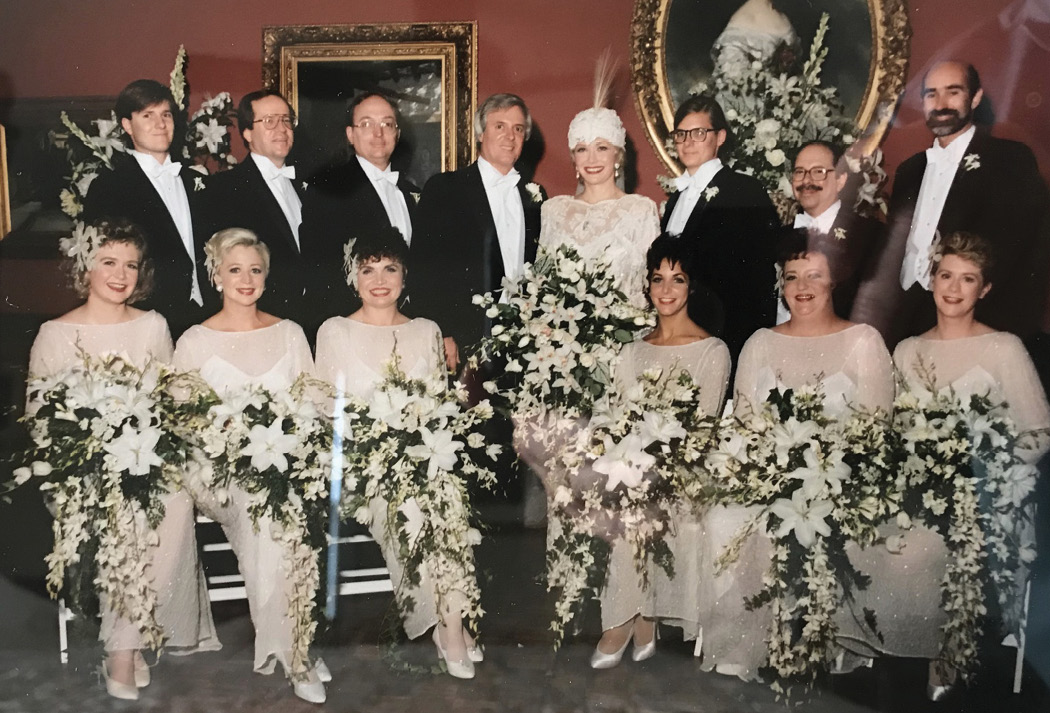It wasn’t quite love at first sight for Marguerite B. McDonald, MD, FACS, and Stephen D. Klyce, PhD, who spent their early years as research colleagues who didn’t speak to each other. But as their careers and relationship developed, they have found that their differences—he is an academic research scientist and she is a surgeon-clinician-scientist—now provide valuable depth to the research that they conduct together.
How did you meet?
Marguerite B. McDonald, MD, FACS: We met at the LSU Eye Center in New Orleans. Steve was a full professor in the Department of Ophthalmology, and I was a cornea fellow.
Did you have any reservations about working together?
Stephen D. Klyce, PhD: Our chairman, Herbert E. Kaufman, MD, was a luminary with respect to forming productive collaborations between clinicians and basic scientists, but integrating talented faculty with different training backgrounds has its challenges. In the early 1980s, we were on the epikeratophakia research team, and Marguerite and I had a disagreement early on about team management. But we managed to write many papers together over the years without actually speaking to each other outside of team meetings.
Marguerite: Before the internet, we would just slide the drafts of the papers under each other’s door, with a note reading, “please review.” Everyone knew that we were the research duo that didn’t speak to one another. And then, one day, we ended up sitting next to each other at a meeting banquet in Jamaica; finally the ice melted, and we started to really talk to each other. After a glass of wine, we had a chat about the disagreement and how silly it was. Walking to the beach, under the Milky Way, we talked until sunrise. We started dating shortly thereafter and were engaged a few months later.
What role do you each play in your work together?
Marguerite: Steve is an academic research scientist, and I am a surgeon-clinician-scientist. We collaborate on research and bring our individual talents and experiences together to form the sort of team that was Herb Kaufman’s vision.
Steve: Decades later, after work on a number of keratorefractive surgeries, we’re still quite active in the surgical correction of presbyopia, dry eye diagnostics, and corneal topography diagnostics.
How do you maintain balance with home obligations?
Marguerite: We split the chores and obligations pretty well. We each have tasks that we are better at—or tolerate better—than the other, so it works out.
What is the biggest challenge for you as a couple, and how do you overcome it?
Steve: Perhaps surprisingly, our smallest challenge is envy of the other’s achievements. We each have received professional recognition for our individual accomplishments; we celebrate them and can’t get over our good fortune at having found each other.

Figure 1. Drs. McDonald and Klyce on their wedding day with their closest friends, many from within ophthalmology.
Marguerite: Our biggest challenge may be making time to have fun that isn’t ophthalmology-related—remembering to stop and smell the flowers. On the other hand, apart from our families, our closest friends have come to us from our professional relationships (Figure 1).

Figure 2. Drs. McDonald (seated) and Klyce (to her left) have worked together to improve the practice of ophthalmology.
What is the biggest reward?
Steve: There is a certain peace of mind that accompanies achievement from dedication to a task, be it painting a scene with oils, winning a sailboat regatta, or developing a new surgery or diagnostic device. The most surprising aspect of our careers has been that we have been fortunate that a significant number of our research projects have resulted in changes to the way that medicine is practiced (Figure 2).
Marguerite: When this happens, it is a great joy to share these moments together. Improving the way that medicine is practiced continues to be our highest aspiration.


